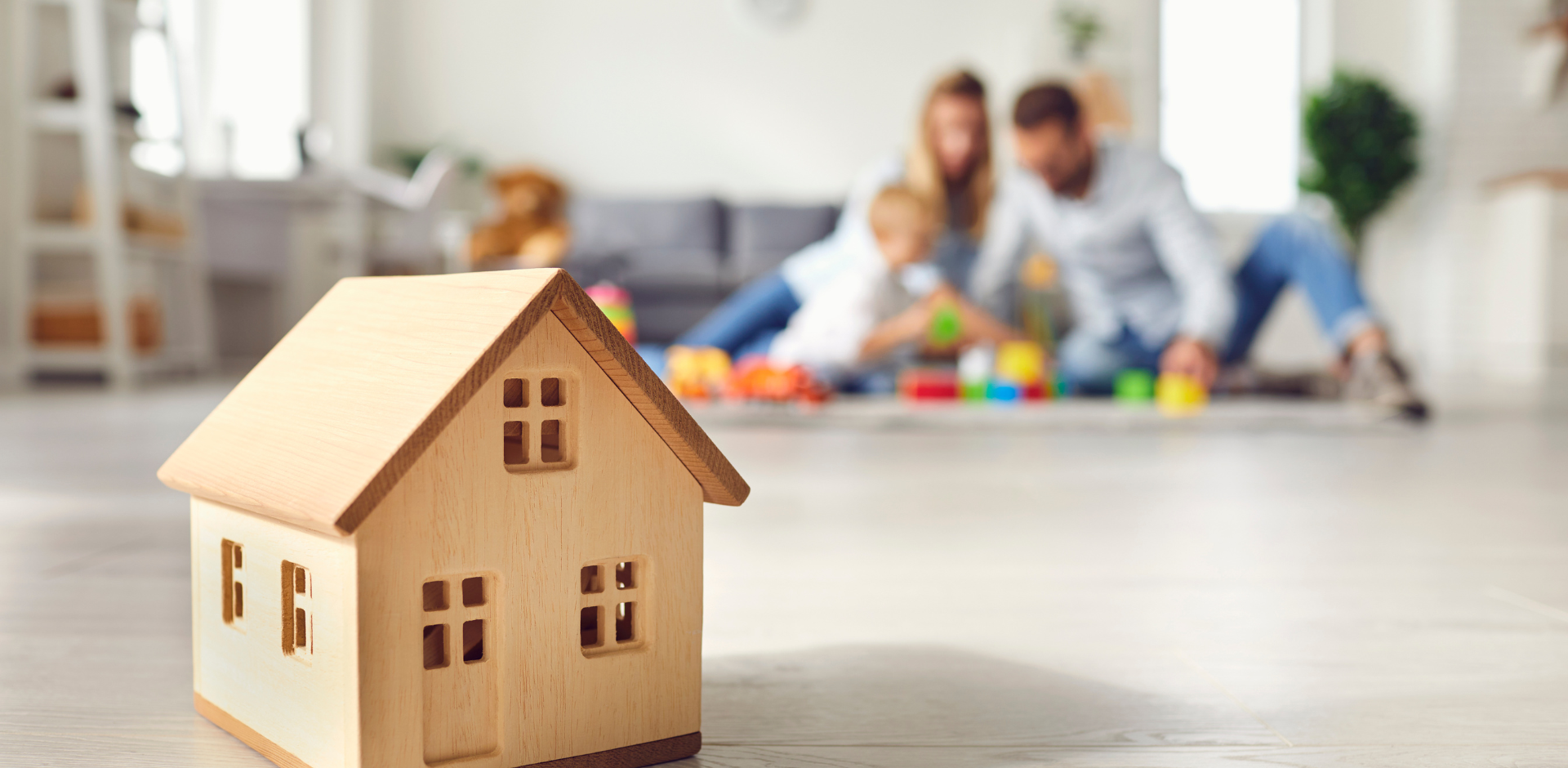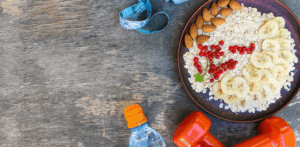Home is a safe place. Or is it? Injuries can happen when we don’t take steps to remove hazards. Some of the more common safety issues in homes are Fires, Mold, and Falls.
Fires

House fires and wildfires are a threat because they are unexpected and deadly.
Keep your family and home safe from fires by:
- Keeping the batteries in your smoke detectors fresh and having smoke detectors on every level of the house, especially inside and outside of bedrooms.
- Keeping fire extinguishers on every floor of your home. You should consider keeping one near your stove for cooking fires. Remember, water makes a grease fire spread. Smother or extinguish the fire with an extinguisher.
- Not overloading your electric outlets, use extension cords with safety shutoffs, and don’t connect outlet extensions to each other.
- Install safety ladders on second story bedroom windows.
- Never leave candles, incense, or other burnable household products unattended..
- Only light your burn pit or barrel during safe-to-burn times and keep a means to extinguish the fire nearby at all times.
- Have a go bag for wildfires in case you get evacuated.
Falls
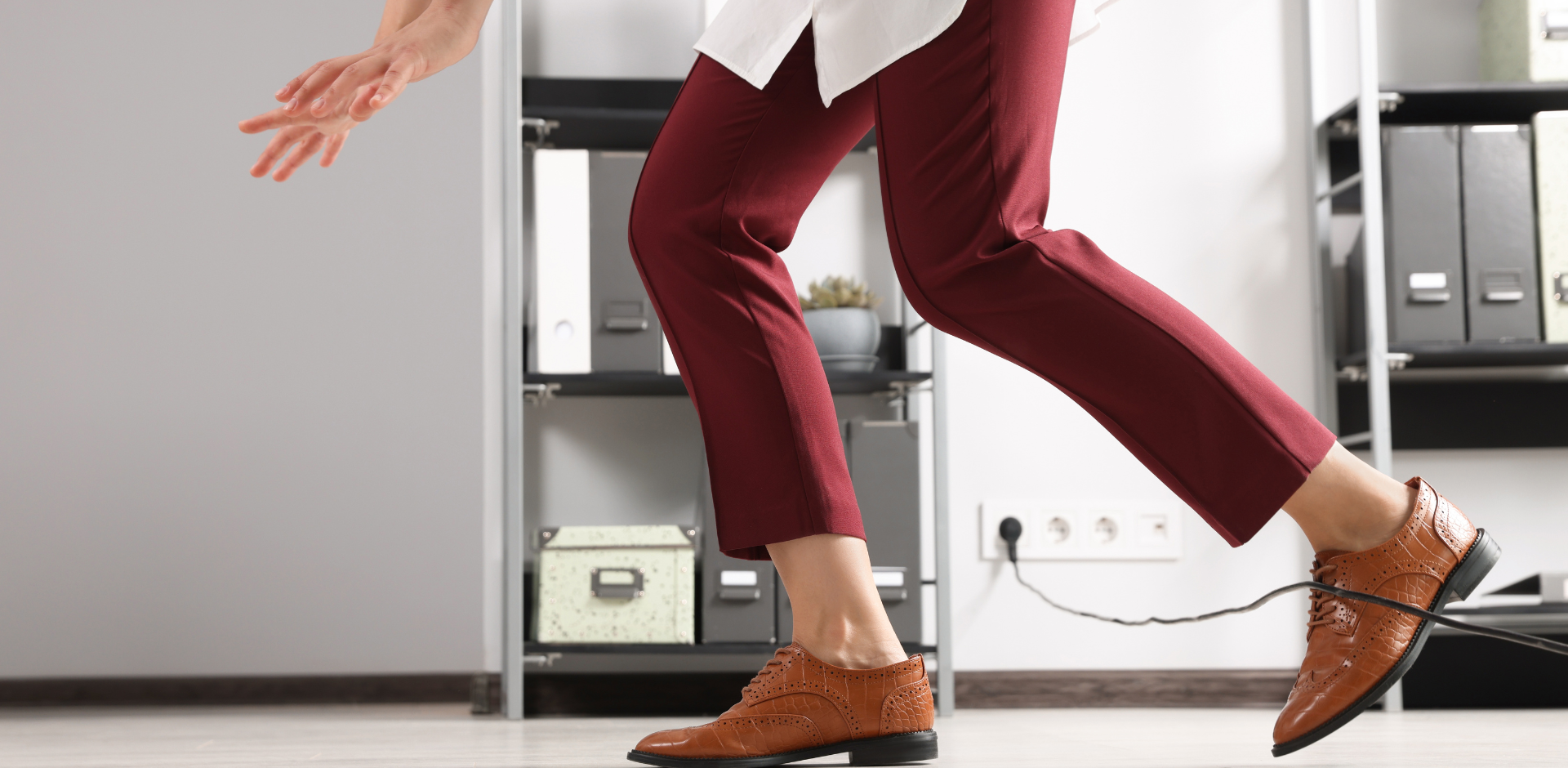
Clutter, loose rugs, poor lighting, and wet floors can cause you to fall.
Prevent falls by:
- Clearing all pathways of clutter and tripping hazards
- Securing carpets to the floor with carpet tape.
- Ensuring handrails are secure on stairwells
- Store frequently used items where they can be reached without a step stool or ladder
- Install grab bars in bathrooms.
- Use non-slip mats in kitchens and bathrooms.
- Wear comfortable shoes and avoid loose clothing that might catch on doors or cause you to trip
- Clean up spills immediately.
Mold
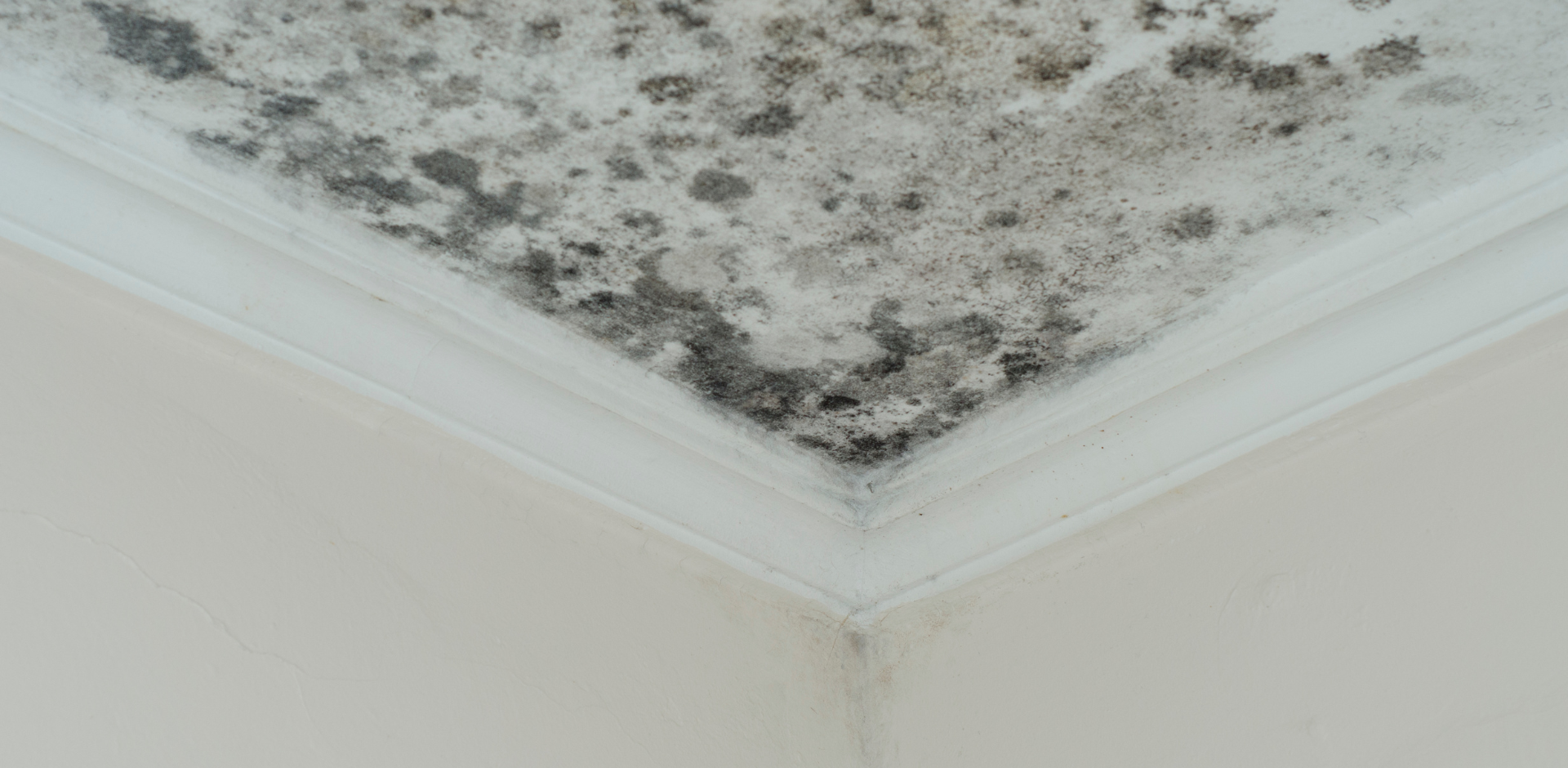
Mold is incredibly common in homes. It’s sneaky and not always easy to detect or see, but it can make you and your family very sick.
Water damage is the biggest culprit for mold growth. Mold grows in bathrooms, near leaky pipes, around windows, and in basements, crawl spaces, or attics.
Mold should be removed by a professional.
- Damp, musty, or rotten smells from floors and walls.
- Leaky plumbing from water tanks, faucets, and other appliances with water access can cause water damage and mold.
- Warped walls or bubbling paint can indicate water damage.
- Sneezing, coughing, blowing your nose, fatigue, allergies, or asthma flareups any time of the year can indicate a mold problem.
- Persistent cough or cold symptoms may also be a sign of mold
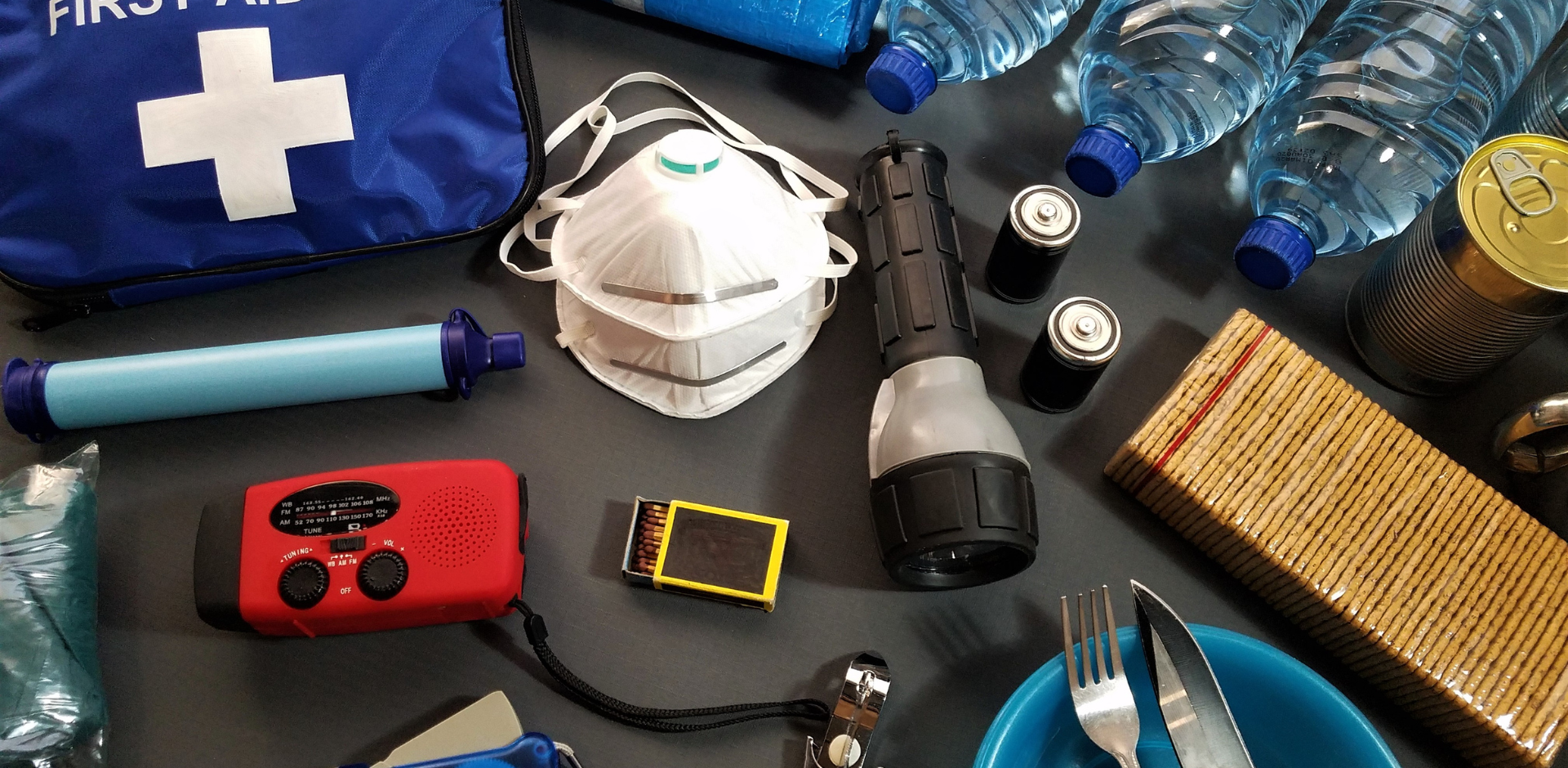
What should you keep in your home first aid kit?
- Personal items like medications and emergency contacts
- 2 absorbent compress dressings (5 x 9 inches)
- 25 adhesive bandages (assorted sizes)
- 1 adhesive cloth tape (10 yards x 1 inch)
- 5 antibiotic ointment packets (approximately 1 gram)
- 5 antiseptic wipe packets
- 2 packets of aspirin (81 mg each)
- 1 emergency blanket
- 1 breathing barrier (with one-way valve)
- 1 instant cold compress
- 2 pair of nonlatex gloves (size: large)
- 2 hydrocortisone ointment packets (approximately 1 gram each)
- 1 3 in. gauze roll (roller) bandage
- 1 roller bandage (4 inches wide)
- 5 3 in. x 3 in. sterile gauze pads
- 5 sterile gauze pads (4 x 4 inches)
- Oral thermometer (non-mercury/Non glass)
- 2 triangular bandages
- Tweezers
- Emergency First Aid instructions
(source: Redcross.org)




